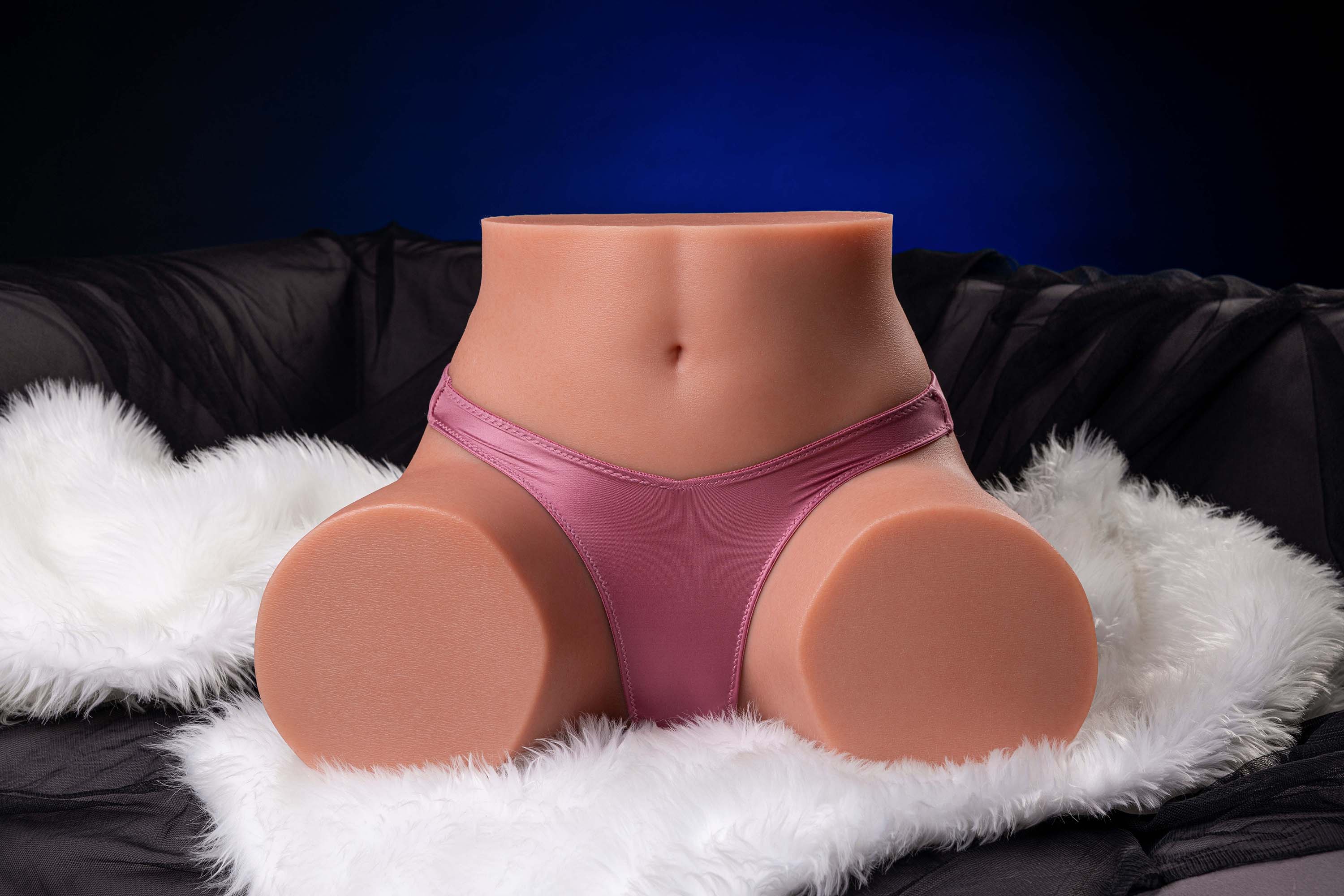Home
>
News
>
Exploring the Teen Sex Doll Phenomenon: Ethical and Legal Considerations in the US and EU Markets
Exploring the Teen Sex Doll Phenomenon: Ethical and Legal Considerations in the US and EU Markets
n today's global adult product market, teen sex dolls have emerged as a highly controversial yet undeniable phenomenon. These products, designed to mimic teenage physiques, have sparked complex ethical, legal, and social discussions across American and European markets. This article provides an in-depth examination of this sensitive topic, exploring its multifaceted implications.
Understanding the Design and Features of Teen Sex Dolls
Teen sex dolls are highly realistic products crafted to replicate adolescent physical characteristics. Typically manufactured using premium silicone or thermoplastic elastomer (TPE) materials that simulate human skin texture, these dolls offer extensive customization options. Buyers can select specific features including height (generally ranging from 150-165 cm), hairstyle, eye color, and facial expressions.
Modern manufacturers incorporate advanced articulated joint systems that enable various natural poses, significantly enhancing the user experience. Recent technological developments have seen the integration of artificial intelligence in premium models, allowing for basic conversational interactions and responsive movements—features that further blur the line between inanimate objects and interactive companions.
Market Drivers and Social Factors
The growing demand for teen sex dolls in Western markets stems from various social dynamics. Increasing digital-age loneliness has driven some consumers toward alternative forms of companionship, while evolving attitudes toward sexuality have made alternative intimacy tools more socially acceptable.
Proponents argue that these products offer safe avenues for sexual exploration, particularly benefiting individuals with social anxiety or physical disabilities who might face challenges in conventional relationships. The customization aspect enables users to explore personal desires without involving other parties, addressing individualized needs for sexual expression.
Ethical Controversies and Legal Challenges
The ethical debates surrounding teen sex dolls represent the most contentious aspect of this phenomenon. Critics argue that these products risk normalizing the sexualization of adolescents and reinforcing harmful gender stereotypes. Mental health professionals specifically caution that long-term use might distort expectations of genuine intimacy and potentially impair interpersonal relationship skills.
The legal landscape varies significantly between jurisdictions. Several European countries have implemented explicit bans on dolls resembling minors, with violations carrying substantial penalties. The United States maintains a patchwork of state-level regulations, ranging from complete prohibitions to more permissive approaches.
A notable 2024 Australian case resulted in a seller facing severe penalties for importing dolls modeled after a 14-year-old social media influencer, highlighting the substantial legal risks in international trade of such products.
Psychological Implications and Health Considerations
The psychological impact of using teen sex dolls presents a complex picture. While some users report reduced feelings of loneliness and social anxiety, psychologists warn that prolonged dependence might diminish real-world social skills and decrease interest in authentic human connections.
From a health perspective, proper hygiene maintenance is crucial. Research indicates that improperly cleaned TPE dolls can harbor bacteria like E. coli, necessitating strict cleaning protocols using pH-balanced solutions and appropriate storage conditions.
Market Realities and Consumer Guidance
In Western markets, teen sex dolls span a wide price spectrum from hundreds to thousands of dollars, depending on size, materials, and customization level. Manufacturers typically emphasize privacy protection through discreet packaging and anonymous delivery services.
Prospective buyers should consider several key factors:
-
Legal compliance: Research local regulations concerning products that simulate minors
-
Material selection: Silicone offers greater durability and bacterial resistance, while TPE provides superior softness but requires more meticulous maintenance
-
Maintenance requirements: Regular cleaning with specialized disinfectants and proper storage are essential for hygiene and product longevity
Potential buyers should also consider practical aspects—a standard 165cm silicone doll can weigh 35-40kg, presenting significant challenges in handling and storage.
Future Outlook and Responsible Consumption
As technology evolves and social attitudes continue shifting, the conversation around teen sex dolls will undoubtedly intensify. The integration of AI and robotics may further complicate the ethical landscape.
Responsible consumption in Western markets requires balancing personal needs with social responsibility. Users should critically examine their motivations while understanding potential psychological impacts. Meanwhile, manufacturers bear the responsibility to avoid harmful marketing practices and provide comprehensive product information.
The teen sex doll phenomenon represents a complex intersection of technology, sexuality, and ethics. In American and European markets, these products raise crucial questions about sexual expression freedom, youth protection, and societal values. As consumers and community members, approaching these products with caution, awareness, and responsibility remains essential—acknowledging their potential benefits for specific populations while remaining vigilant about personal and social risks. Ultimately, open and rational dialogue offers the most constructive path forward in addressing this challenging subject.






